Available Data
On this page we provide a list of available simulation and observational data generated within as well as outside the B3D collaboration. The list will be continuosly updated during the course of the project.
Data within the B3D Collaboration
Data
Description
Access to Data
Contact Person
SILCC Simulations
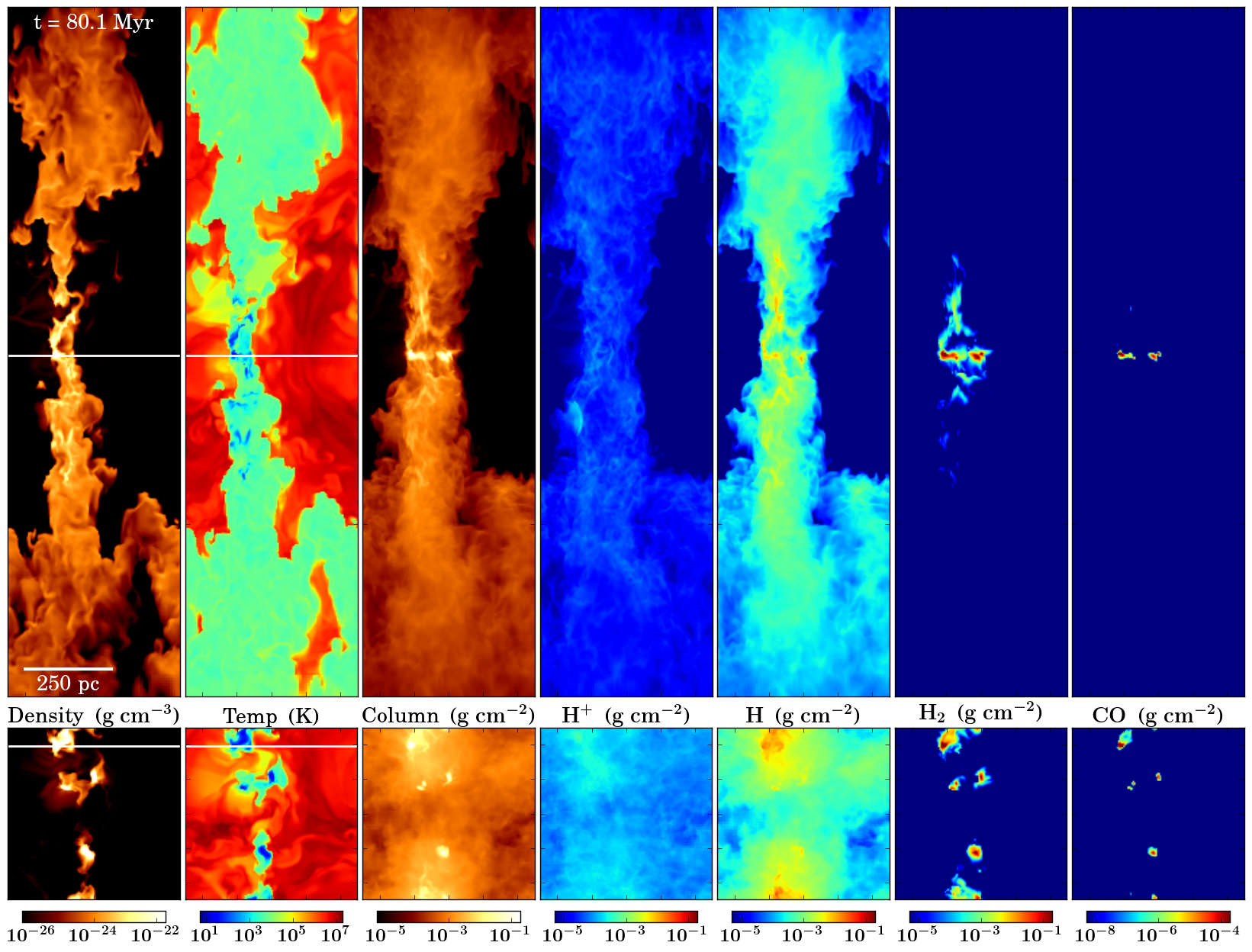

3D magneto-hydrodynamic simulations of the interstellar medium (ISM), modeled within a patch of a galactic disk. The simulations capture the creation of stars and how the feedback of those stars shape the evolution of their environment. We utilized the Tier-0 high performance computing (HPC) cluster SuperMUC-NG to carry out the simulations.
The data is publicly available on the SILCC data website. The derived data will be shared on reasonable request to the corresponding contact person.
Database DESTINY
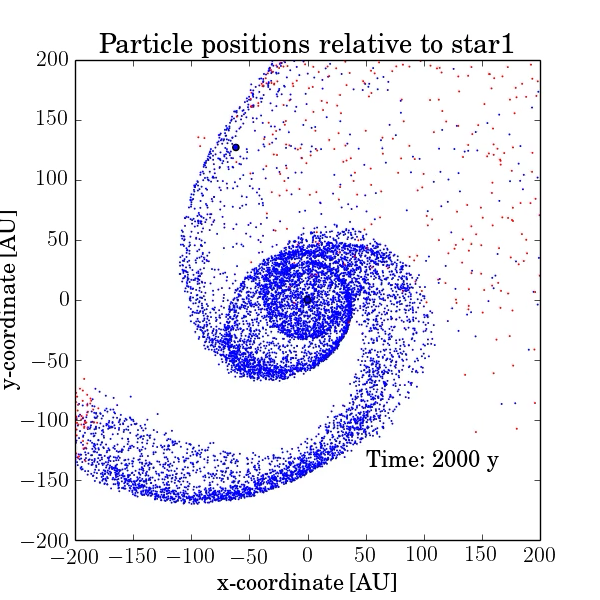

Database for the Effects of STellar encounters on dIsks and plaNetary sYstems: The database DESTINY provides raw data and a graphical tool to investigate the effects of stellar encounters on non-viscous discs and planetary systems of young stars. The database contains data for fly-by scenarios covering a wide parameter space relevant for fly-bys in stellar clusters. Details of the contents, structure and potential usage of the database are provided.
Freely downloadable from the website.
Synthetic observations of molecular clouds
Synthetic observations of simulated molecular clouds within the SILCC-Zoom project. The data contain emission maps in form of PPV cubes from CO, [CI], HI as well as polarised dust emission map and will be extended to more complex molecules in the future.
Access to the data on the website is granted on reasonable request to the contact person for specific scientific purposes.
LOFAR Long Term Archive
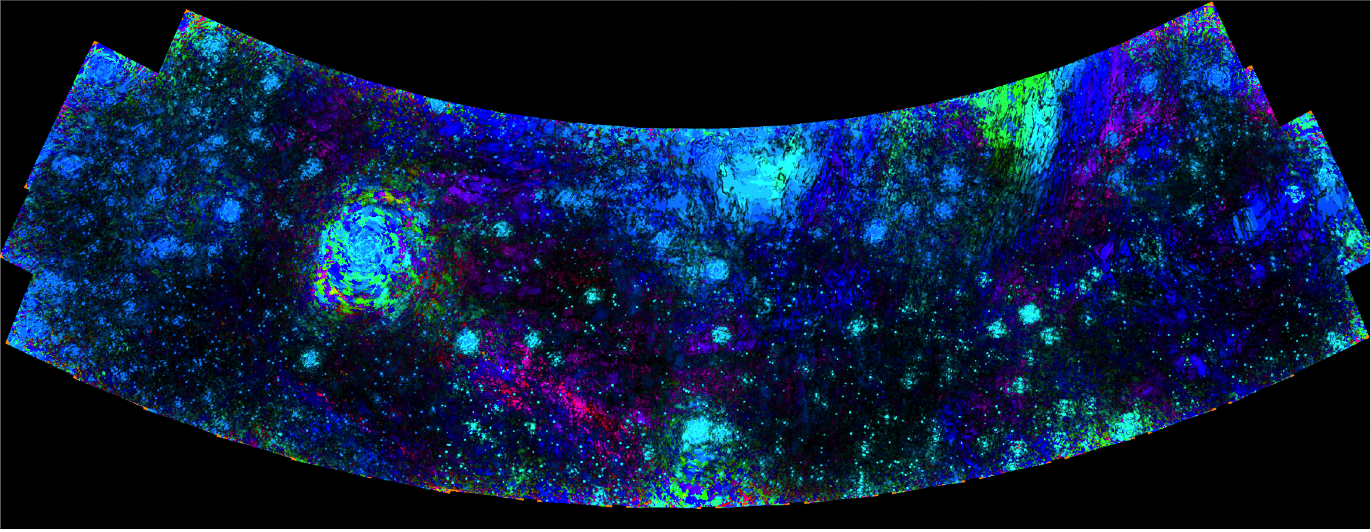

LOFAR (Low Frequency Array) is currently the largest radio telescope operating at the lowest frequencies that can be observed from Earth. Unlike single-dish telescope, LOFAR is a multipurpose sensor network, with an innovative computer and network infrastructure that can handle extremely large data volumes. The operating frequency range of LOFAR is 10 MHz to 240 MHz, while the antennas are optimized for the ranges of 30-80 MHz and 120-240 MHz.
Processed data products and, if requested and granted, raw data products are stored in the LOFAR long-term archive. The LTA currently involves sites in the Netherlands, Germany, and Poland. For astronomers, the LOFAR LTA provides the principal interface to LOFAR data retrieval and data mining. In the future, facilities to further process these data are also expected to be available. Data can be downloaded by a user associated with the project using the LOFAR-LTA interface. Initially, data can only be accessed by a user associated with a given project but, after one year, the data become public (see LOFAR data policy for further details).
Data Title
SILCC Simulations 

Data Description
3D magneto-hydrodynamic simulations of the interstellar medium (ISM), modeled within a patch of a galactic disk. The simulations capture the creation of stars and how the feedback of those stars shape the evolution of their environment. We utilized the Tier-0 high performance computing (HPC) cluster SuperMUC-NG to carry out the simulations.
Access to Data
The data is publicly available on the SILCC data website. The derived data will be shared on reasonable request to the corresponding contact person.
Contact Person
Data Title
Database DESTINY 

Data Description
Database for the Effects of STellar encounters on dIsks and plaNetary sYstems: The database DESTINY provides raw data and a graphical tool to investigate the effects of stellar encounters on non-viscous discs and planetary systems of young stars. The database contains data for fly-by scenarios covering a wide parameter space relevant for fly-bys in stellar clusters. Details of the contents, structure and potential usage of the database are provided.
Access to Data
Freely downloadable from the website
Contact Person
Data Title
Synthetic observations of molecular clouds
Data Description
Synthetic observations of simulated molecular clouds within the SILCC-Zoom project. The data contain emission maps in form of PPV cubes from CO, [CI], HI as well as polarised dust emission map and will be extended to more complex molecules in the future.
Access to Data
Access to the data on the website is granted on reasonable request to the contact person for specific scientific purposes.
Contact Person
Data Title
LOFAR Long Term Archive 

Data Description
LOFAR (Low Frequency Array) is currently the largest radio telescope operating at the lowest frequencies that can be observed from Earth. Unlike single-dish telescope, LOFAR is a multipurpose sensor network, with an innovative computer and network infrastructure that can handle extremely large data volumes. The operating frequency range of LOFAR is 10 MHz to 240 MHz, while the antennas are optimized for the ranges of 30-80 MHz and 120-240 MHz.
Access to Data
Processed data products and, if requested and granted, raw data products are stored in the LOFAR long-term archive. The LTA currently involves sites in the Netherlands, Germany, and Poland. For astronomers, the LOFAR LTA provides the principal interface to LOFAR data retrieval and data mining. In the future, facilities to further process these data are also expected to be available. Data can be downloaded by a user associated with the project using the LOFAR-LTA interface. Initially, data can only be accessed by a user associated with a given project but, after one year, the data become public (see LOFAR data policy for further details).
Contact Person
Data outside the B3D Collaboration
Data Title
Data Description
Access to Data
Contact Person
Illustris & IllustrisTNG simulations
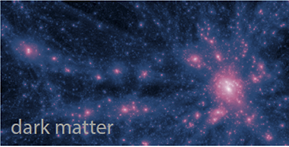

The Ilustris/IllustrisTNG project is a suite of state-of-the-art cosmological galaxy formation simulations. Each simulation evolves a large swath of a mock Universe from soon after the Big-Bang until the present day while taking into account a wide range of physical processes that drive galaxy formation. The simulations can be used to study a broad range of topics surrounding how the Universe — and the galaxies within it — evolved over time.
All data are publicly available on the webpages Illustris and IllustrisTNG and can be downloaded from them. For IllustrisTNG a registration is required beforehand.
Contact information provided under Illustris and IllustrisTNG
Galactica simulation database
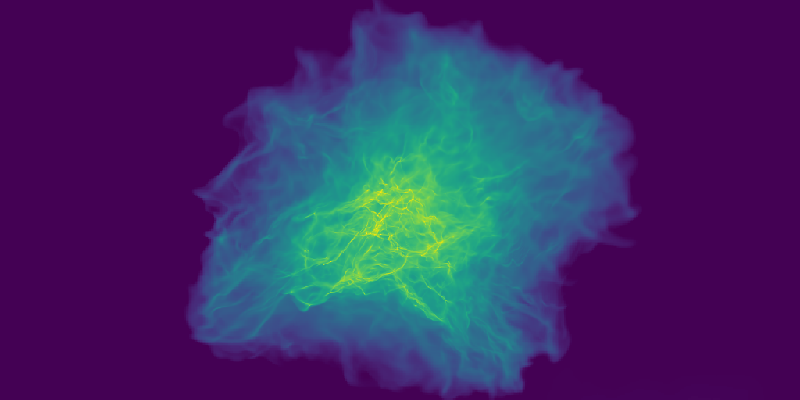

The Galactica database results of heavy numerical simulations computed in various fields of computational astrophysics (solar magnetohydrodynamics, star-planet interactions, star formation, galaxy formation, galaxy mergers). The Galactica project gives observers and computational astrophysicists access to the results of these numerical simulations, which could be useful to help prepare or analyze observations or compare with other numerical studies.
The data are available on the webpage and can be downloaded from it after creating an account by emailing to the given email address.
Contact information here
Millennium simulations
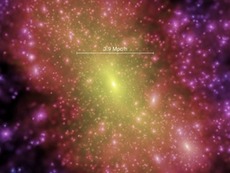

In 2005, the Millennium Run was the largest ever simulation of the formation of structure within the ΛCDM cosmology. It uses 1010 particles to follow the dark matter distribution in a cubic region 500h-1 Mpc on a side, and has a spatial resolution of 5h-1 kpc. Application of simplified modelling techniques to the stored output of this calculation allows the formation and evolution of the ~107 galaxies more luminous than the Small Magellanic Cloud to be simulated for a variety of assumptions about the detailed physics involved. As part of the activities of the German Astrophysical Virtual Observatory there exist databases to store the detailed assembly histories both of all the haloes and subhaloes resolved by the simulation, and of all the galaxies that form within these structures.
Links to the data base and access information can be found here.
Data Title
Illustris & IllustrisTNG simulations 

Data Description
The Ilustris/IllustrisTNG project is a suite of state-of-the-art cosmological galaxy formation simulations. Each simulation evolves a large swath of a mock Universe from soon after the Big-Bang until the present day while taking into account a wide range of physical processes that drive galaxy formation. The simulations can be used to study a broad range of topics surrounding how the Universe — and the galaxies within it — evolved over time.
Access to Data
All data are publicly available on the webpages Illustris and IllustrisTNG and can be downloaded from them. For IllustrisTNG a registration is required beforehand.
Contact Person
Contact information provided under Illustris and IllustrisTNG
Data Title
Galactica simulation database 

Data Description
The Galactica database results of heavy numerical simulations computed in various fields of computational astrophysics (solar magnetohydrodynamics, star-planet interactions, star formation, galaxy formation, galaxy mergers). The Galactica project gives observers and computational astrophysicists access to the results of these numerical simulations, which could be useful to help prepare or analyze observations or compare with other numerical studies.
Access to Data
The data are available on the webpage and can be downloaded from it after creating an account by emailing to the given email address.
Contact Person
Contact information here
Data Title
Millennium simulations 

Data Description
In 2005, the Millennium Run was the largest ever simulation of the formation of structure within the ΛCDM cosmology. It uses 1010 particles to follow the dark matter distribution in a cubic region 500h-1 Mpc on a side, and has a spatial resolution of 5h-1 kpc. Application of simplified modelling techniques to the stored output of this calculation allows the formation and evolution of the ~107 galaxies more luminous than the Small Magellanic Cloud to be simulated for a variety of assumptions about the detailed physics involved. As part of the activities of the German Astrophysical Virtual Observatory there exist databases to store the detailed assembly histories both of all the haloes and subhaloes resolved by the simulation, and of all the galaxies that form within these structures.
Access to Data
Links to the data base and access information can be found here.
